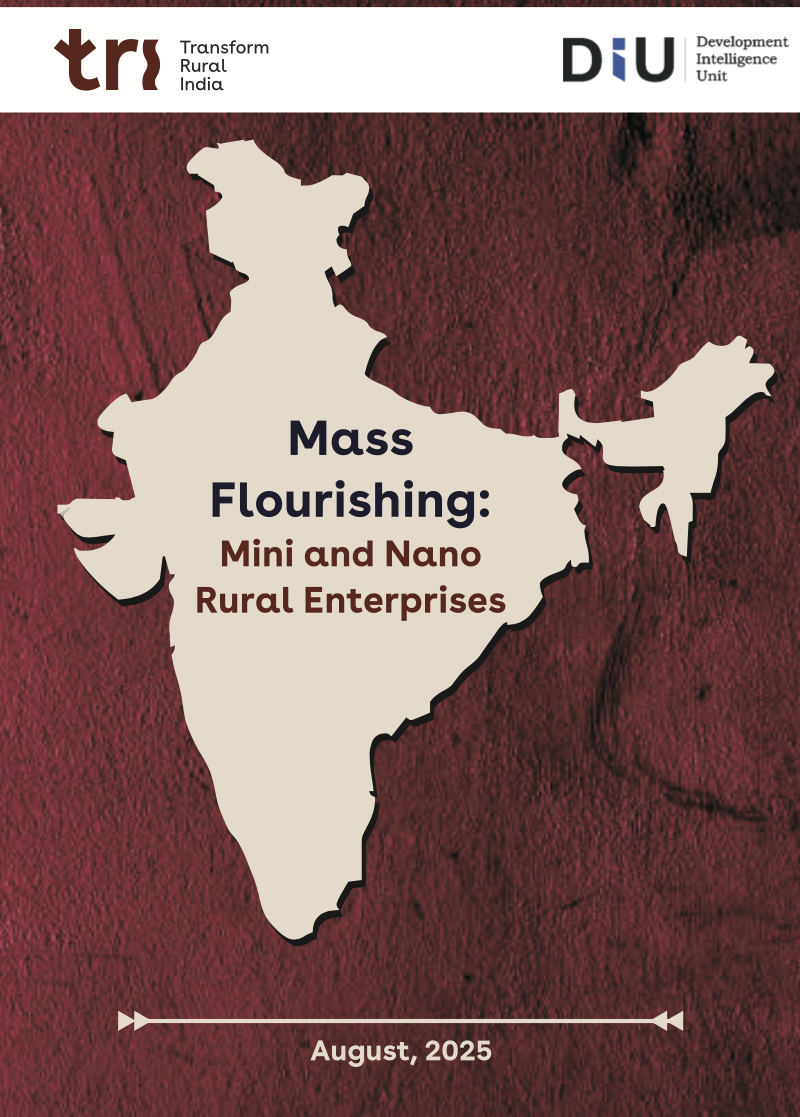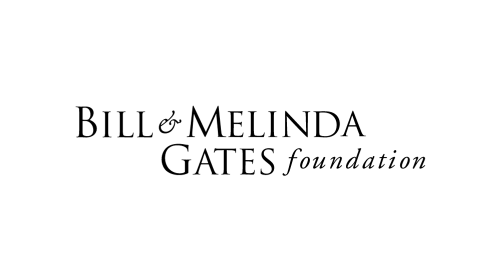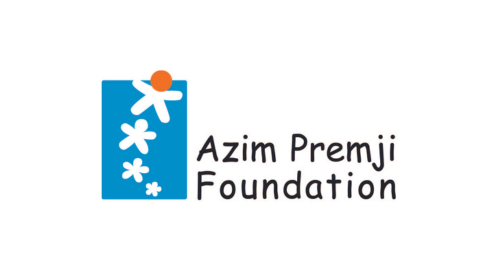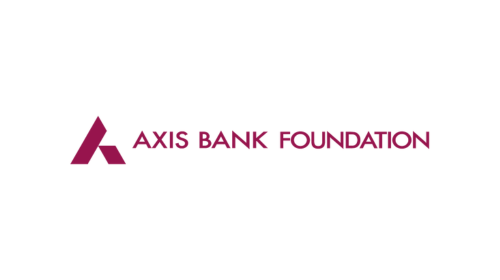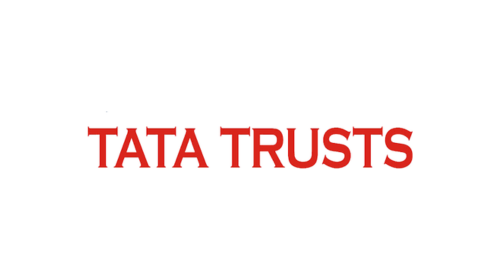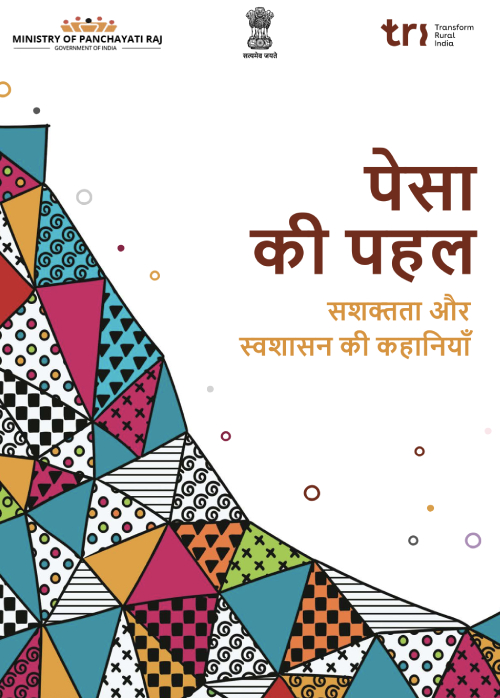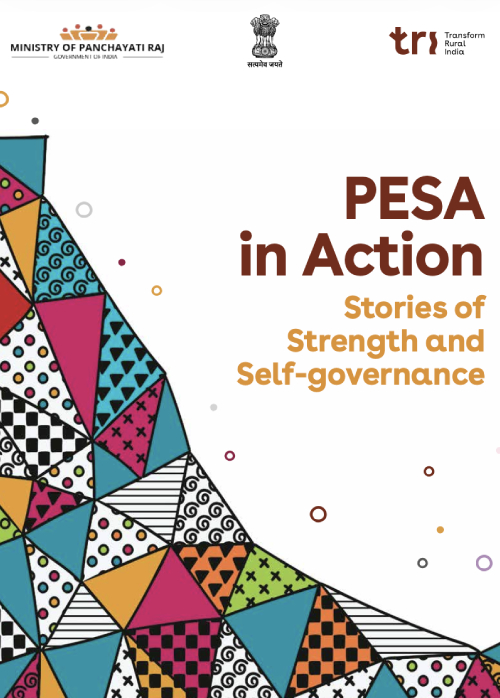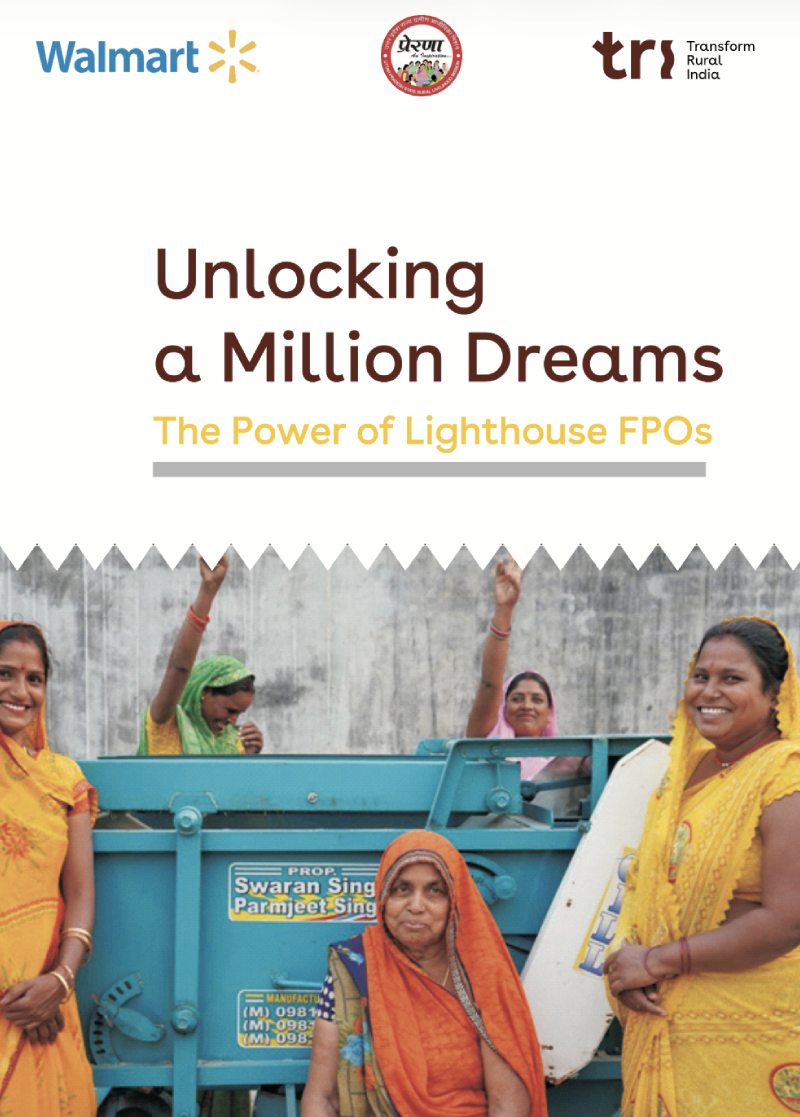India has the world’s largest youth population, about 27%1 of India’s population is in the 15-29 age group (about 371 million youth); and if extended to ages 18-35, this cohort is well over 400 million. The majority of Indian youth live in rural areas. Demographically high-fertility states like Bihar and Uttar Pradesh saw their youth population share rise up, peaked around 27-30% of population in these states, rural areas tend to have slightly more of the young female population, since many young men migrate to cities for work). Rural youth form the backbone of India’s “demographic dividend” 240-250 million individuals; their socio-economic outcomes are critical to national development. India adds 10-12 million youth to the working- age population annually.
India’s rural youth cohort is enormous and growing; this segment is crucial for India’s labour force and future growth. Basic literacy among Indian youth has improved markedly; youth literacy (ages 15-24) is around 97%2 nationally, 88% of rural women age 20-24 had completed at least primary schooling (NFHS-5); gross enrolment ratio (GER) in higher secondary school (classes 11-12) is about 53.8% and in higher education (ages 18-23) is ~27.1%. A critical aspect of youth education is access to vocational training and skill development, PLFS shows sustained uptick in youth skill training participation.

